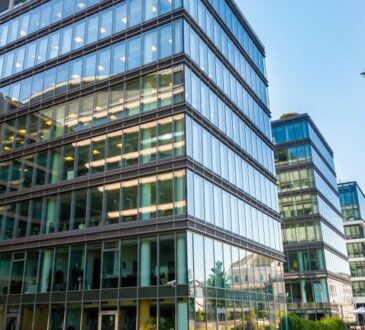An investment in climate resilience comes down to a simple fact: “You want this property to be worth more when you sell it than when you bought it,” Neber says. “As conditions continue to change, the best way to retain value is to prepare for the future.”
But smart climate investments can mitigate the damage buildings suffer, helping them appreciate in value. Beyond long-term value there are also immediate benefits. For instance, upgrading HVAC systems or installing flood barriers helps to reduce operational costs.
For some property owners, the occupant experience also makes the case for climate investment. For instance, the hospitality industry sees climate resiliency as directly related to guest comfort and therefore revenue. Resiliency considerations may also affect site selection, portfolio structuring and exit strategies. Some owners and investors may decide to forgo particular locations entirely.
The climate crisis meets insurance realities
The most immediate catalyst for this shift may be the challenging property insurance market, where pricing and availability have become major concerns. Insurance rates rose 8.7% faster than the rate of inflation between 2018 and 2022, according to the U.S. Treasury Department, and continues to rise.
“Not only is pricing going up, but deductibles and exclusions are changing too,” says Neber. For instance, insurers are now expecting property owners to participate in rebuilding costs of building damage, further exacerbating price increases.
Rather than viewing resilience as a separate expense, sophisticated property owners incorporate climate considerations into regular maintenance, capital planning and upgrades. Properties built with sustainable practices can command up to a 21% premium in capital value by attracting tenants and improving occupancy rates by some estimates.
Technology can play a crucial role. For example, water sensors can immediately notify owners when leaks occur, allowing for rapid response before significant damage occurs. By integrating sensors with building operations, it can help transform what would be costly emergency repairs into routine maintenance issues. Integrating forward-looking risk information with capital planning can identify no-regrets moves to make during the life-cycle of maintenance of the building.




